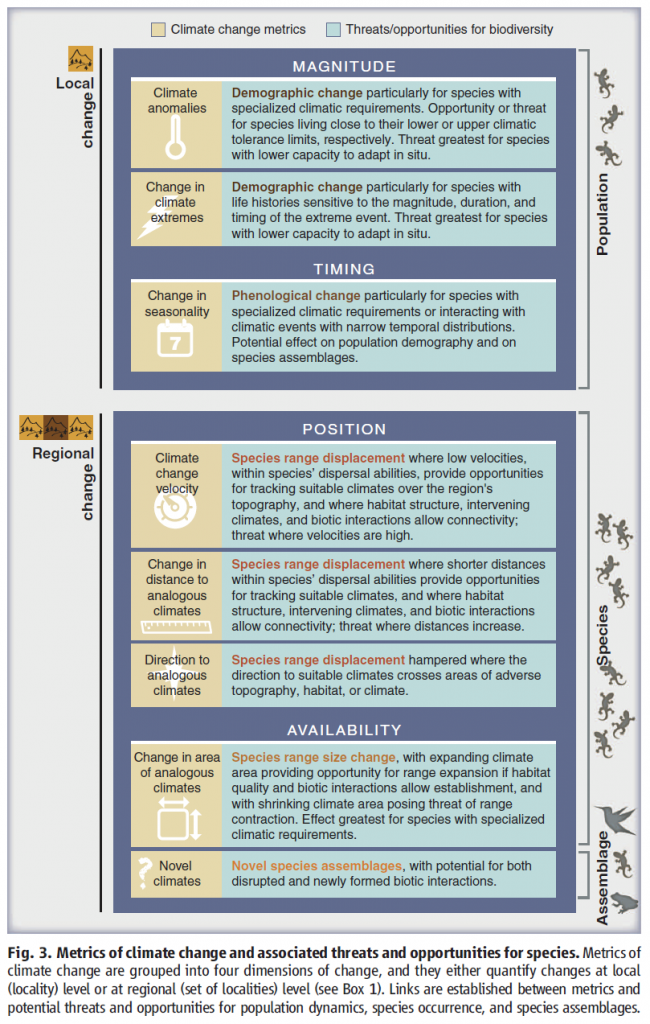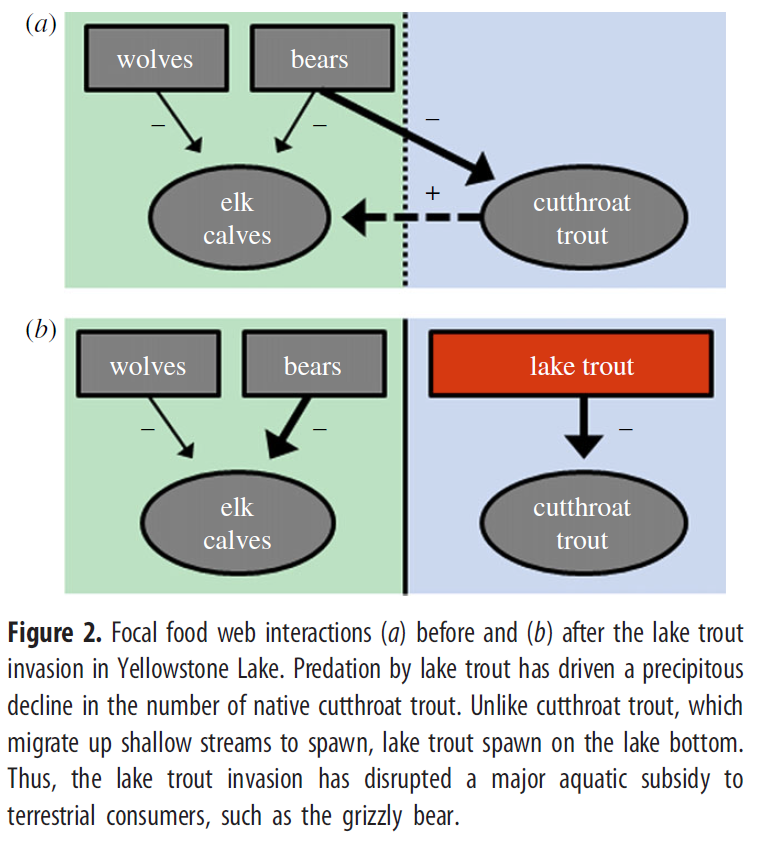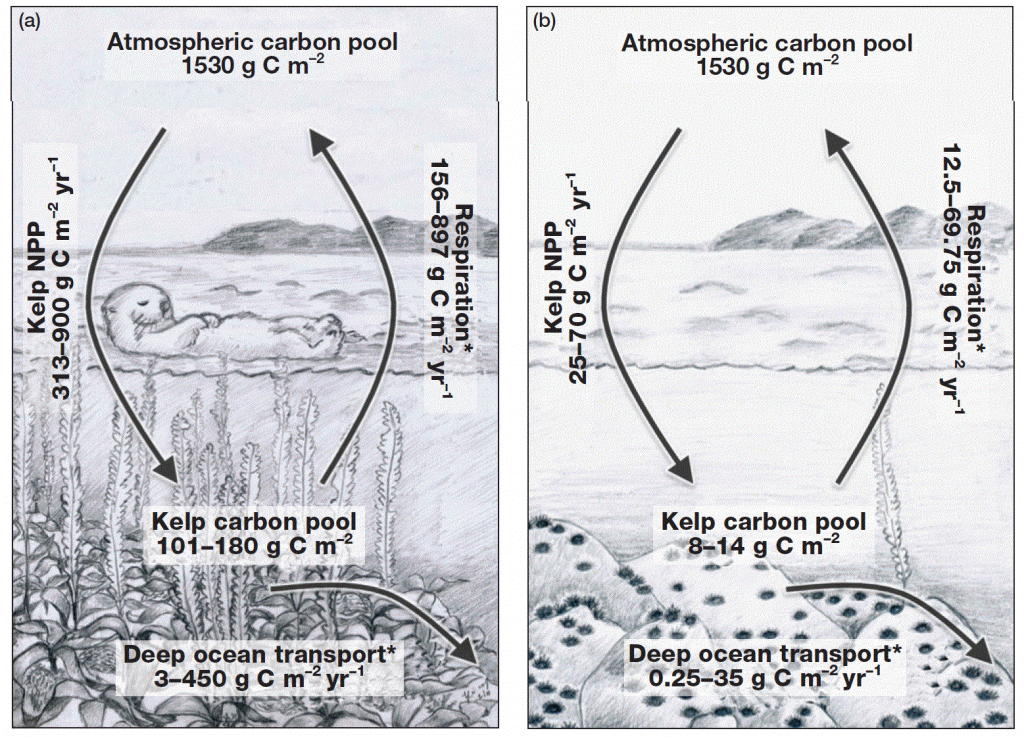A new paper in the journal Science by Raquel Garcia and coauthors provides one of the first comprehensive reviews of how different aspects of climate change are projected to differentially affect the regions of the earth, and what those contrasts imply for biodiversity. Their findings suggest that while polar climates are projected to warm and shrink in area, the tropics will see the emergence of novel climatic conditions and undergo local changes in average climates beyond past variability. The review outlines a conceptual framework for classification of climate change metrics according to the types of threat and opportunity they are likely to impose on biodiversity, which can assist in planning to enhance climate resilience and adaptation potential.
-
Search It!
-
Recent Entries
- New paper examines how multiple aspects of climate change affect biodiversity loss
- Society for Conservation Biology is hiring a North America Policy Director
- Perceptive new paper critiques the “New Conservation Science”
- New study forecasts genetic risks to wolves in western US unless dispersal can connect isolated populations
- New version of Connectivity Analysis Toolkit (1.3.1) released
- Society for Conservation Biology meeting hosts symposium on defining the meaning of endangered species recovery
- SCB seeks a director for the North American Policy Program
- New version of the Connectivity Analysis Toolkit (1.3.0) released
- Does wolf recovery trigger trophic cascades?: New research from Yellowstone, the Great Lakes, and Europe
- New paper and software for detecting dispersal barriers and restoring habitat connectivity
-
Links



